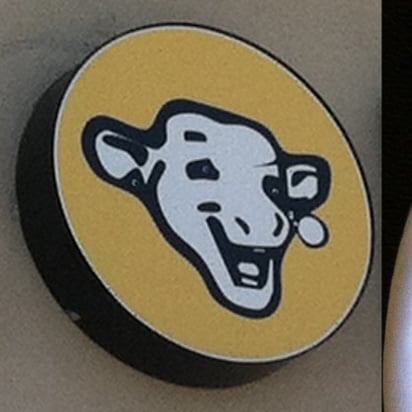I saw this on my breakfast cereal box (in the US) and looked it up. A company called Navilens made this to help visually impaired people with things like street signs, etc… neat!
EDIT TO ADD: Haha, I forgot I am on lemmy so we’re discussing the technology and licensing issues, instead of focusing on how this might improve the lives of visually impaired people.


QR codes are rarely contentful themselves, they are almost always just a URL pointing to the real content.
It’s done this way because URLs are smaller, and you can update the content without needing to go around replacing all the QR code stickers.
deleted by creator
And this is virtually guaranteed to happen before too long, leaving tons of useless technicolor QR codes as monuments to the endeavor.
deleted by creator
You point out the key weakness to the whole approach (dependency on a single third party). Though I suspect that the content in question is also hosted by NaviLens, so the codes would still stop working if they ever shut down.
Just taking a look at their website, it seems to me that NaviLens’ value proposition isn’t just “codes that download a document”, but an entire framework for building and presenting essential documentation in a way that is accessible to people with vision impairments. I can see why it would be cheaper and more effective for a city to buy a service like this than to hire their own software developers and accessibility experts to build out their own bespoke system.
deleted by creator
QR codes wouldn’t solve this problem, because they would still house a link that has to be opened in the NaviLens app to be of any use.
These codes don’t just take you to some static document. It opens up in the NaviLens app, which when use features like the gps, gyro, and camera in your phone to provide more rich, contextual information.
deleted by creator